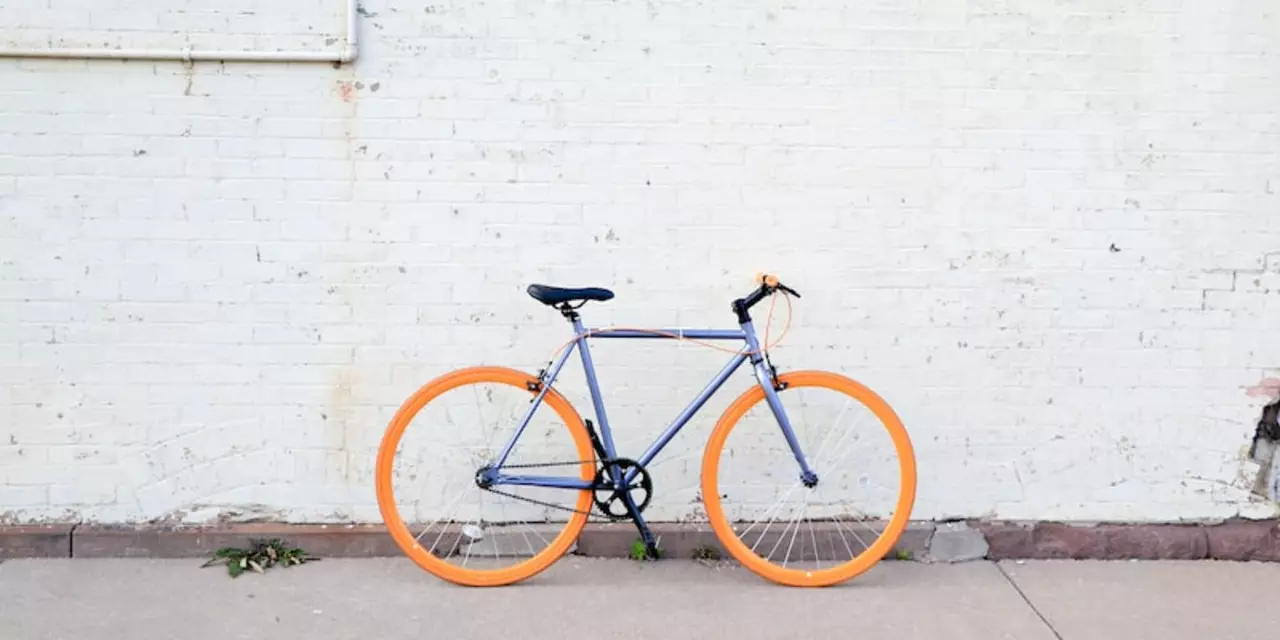How Cycling Powers Your Cardiovascular System
Ever wonder why cyclists talk about the "cardio kick" they get from a ride? It’s simple – pedaling gets your heart pumping, lungs working, and blood flowing. When you ride, your muscles need oxygen, so your heart beats faster and stronger. Over time that extra work makes your heart more efficient, just like a well‑trained engine. The result? Lower resting heart rate, better blood pressure, and a reduced risk of heart disease.
How Much Ride Time is Needed?
Most health guidelines recommend at least 150 minutes of moderate cardio a week. For cyclists, that could be five 30‑minute rides or three 50‑minute sessions. If you love long rides, three hours a day can torch fat and boost endurance, but you don’t have to go that long to see heart benefits. Even a quick 20‑minute spin on a stationary bike counts, as long as you keep a steady pace that raises your breathing.
Intensity Matters: Keep It in the Sweet Spot
To get the best cardio effect, aim for a "talk test" level – you should be able to speak a sentence but not sing. That’s roughly 60‑70% of your maximum heart rate. Use a bike’s resistance knob or shift gears to stay in this zone. If you’re feeling strong, add intervals: one minute hard, two minutes easy. This mix improves heart‑pump efficiency and burns extra calories without over‑training.
Safety is key. Warm up for five minutes with easy pedaling, then gradually increase intensity. After your ride, cool down for another few minutes to let your heart settle. Stretching your calves, quads, and hips helps prevent soreness and keeps blood flowing.
Combine cycling with a balanced diet for maximum cardio gain. Stay hydrated, eat carbs before a long ride for energy, and include protein afterward to help muscles recover. Listening to your body matters – if you feel chest pain or dizziness, stop and rest. Regular check‑ups with a doctor ensure you’re riding within a safe heart‑rate range.
In short, cycling is a low‑impact, fun way to give your heart a solid workout. Whether you hop on a stationary bike at home or hit the trails in North Bristol, consistency and moderate intensity will strengthen your cardiovascular system, improve fatigue resistance, and support overall health. Ready to pedal your way to a stronger heart?
Is 20 minutes on a stationary bike enough?
This article discusses the amount of time needed to spend on a stationary bike in order to get a good workout. The article suggests that 20 minutes is enough time to get the benefits of a workout. It also states that the intensity of the workout should be considered when deciding how long to spend on the bike. Finally, the article suggests that for those looking for a more intense workout, 30-45 minutes on the stationary bike is recommended. In conclusion, 20 minutes on a stationary bike is enough time to get a good workout, but the intensity of the workout should be taken into consideration when deciding how long to spend.



